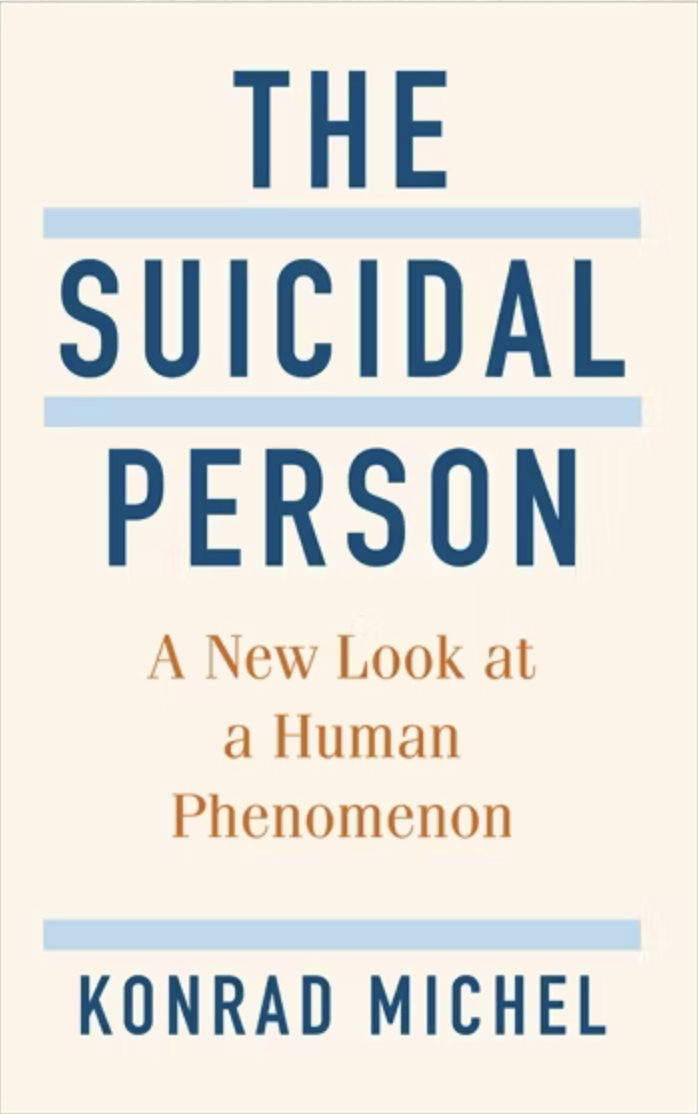Konrad Michel, M.D., is a psychiatrist, psychotherapist and professor emeritus at the University of Bern in Switzerland. He has dedicated most of his professional life to understanding and preventing suicide
His person-centred model of suicidal behaviour overcomes the limitations of the traditional medical model and introduces a new paradigm in the approach to suicidal patients. Dr. Michel argues that suicide is not a consequence of mental illness, but a goal-directed action deeply related to a person’s life story and to personal vulnerabilities.
Drawing on hundreds of interviews with patients who had attempted suicide, he found that suicidal behaviour occurs when an individual experiences a personal existential crisis leading to unbearable emotional pain. This mental state is related to a change in brain function associated with impaired decision-making.
Suicide-as-action model
In his clinical work Michel further developed the suicide-as-action model by introducing the technique of narrative interviewing.
A self-narrative is seen as the first therapeutic step in a joint reflecting about a person’s suicidal development. Michel was the organizer of highly acclaimed international Aeschi conferences, focusing on the importance of the therapeutic relationship with suicidal patients.
Suicide therapy
Together with David A. Jobes he edited the multi-author volume Building a Therapeutic Alliance With the Suicidal Patient (2011). Michel and his collaborators translated their clinical insights into a highly effective brief therapy for patients who attempt suicide (ASSIP, Attempted Suicide Short Intervention Program). The results of the 2016 RCT with 120 patients revealed an 80% risk reduction for suicide reattempts over 2 years for patients who had received the three-session ASSIP therapy.
In The Suicidal Person: A New Look at a Human Phenomenon (2023) Konrad Michel takes the clinical insights further by arguing that the suicide-as-action model has a huge potential to reduce suicidal behaviour in the population by reaching the thousands of people who would not normally seek help, in contrast to the traditional suicide-as-illness model which is not meaningful to people at risk of suicide because generally they do not think that they need treatment of a mental disorder.


